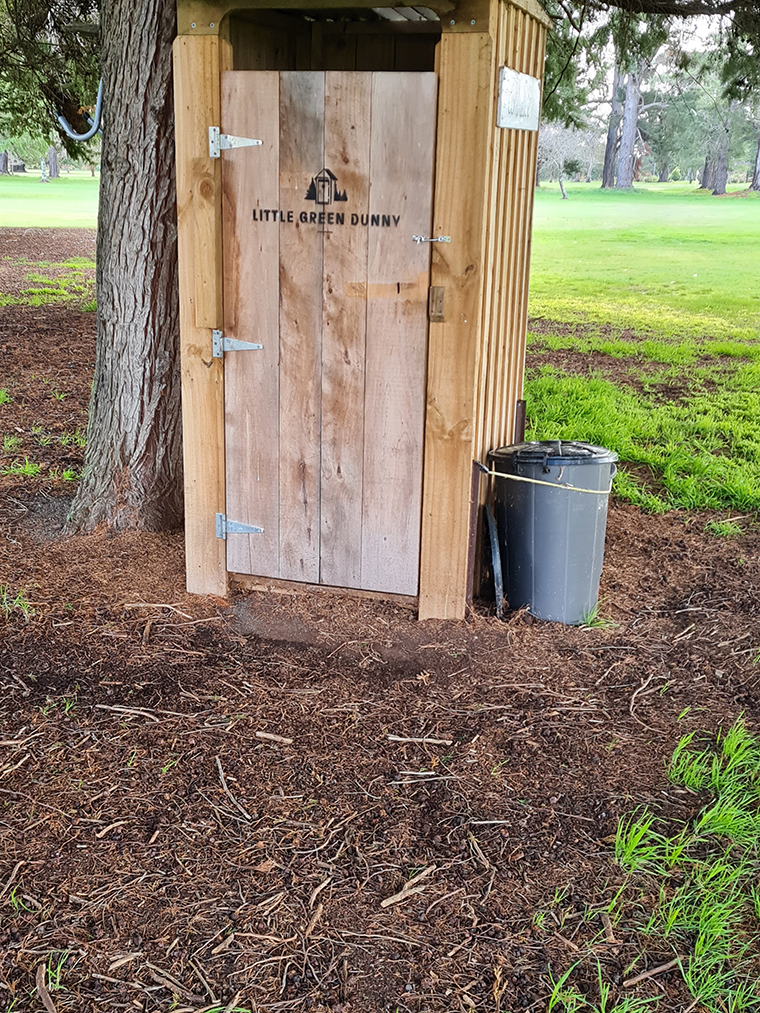The biggest question for the South Wairarapa District Council this election is the conundrum of our waste-water systems.
Waste water from Greytown, Martinborough and Featherston is currently treated in oxidation pond systems, with the treated effluent being discharged into our rivers and streams.
Applications for new waste water connections have been placed on hold in Martinborough and Greytown because the existing sites are either at full capacity, have failed to meet performance and compliance standards, or could not support the level of projected increased demand for new resource consents.
Added complications are the level of investment required, the burden of placing the cost on relatively small populations, the possible impacts of flooding events, and the fact that a small council has responsibility for 4 waste water systems within its jurisdiction.
So how did earlier populations cope?
Archaeological excavations have revealed that the Mesopotamians, Minoans and Ancient Greeks all developed purpose built toilets for single and communal use.
Excavations in the Indus valley have exposed a number of small sewer systems using flowing water to carry the waste away, The Romans developed complex sanitary systems the most famous of the sewers being the Cloaca Maxima.
In China human waste was primarily disposed of as a fertiliser. Farmers would collect and utilise the human waste for their crops, an integral part of the rural agricultural system.
In Europe cesspits were cavities dug into the ground, ideally brick lined into which liquid and solid human waste were dumped. They were often purposely made porous so that the liquid content seeped away.
The stench of the polluted River Thames became totally unbearable with its untreated sewage also creating outbreaks of cholera. It was known as the Great Stink of 1858.
In England the summer of 1858 was unbearably hot. The stench of the polluted River Thames became totally unbearable with its untreated sewage also creating outbreaks of cholera. It was known as the Great Stink of 1858. The solution was a comprehensive underground sewage system designed by Joseph Bazalgette.
In early colonial New Zealand the solution became the House of Office, Outhouse or the Dunny at the bottom of the garden.
So what solutions do we have?
The Gardy Loo practice of throwing the contents of the chamber pot out of the window will not do.
Composting toilets can be clean and effective. Porto loos provide a temporary respite. Septic Tanks are often used on rural properties while Natural Flow systems have a self-sustaining ecosystem of worms and other organisms which breaks down waste with no interference. The treatment process is odourless.
However modern systems for greater numbers of people require more. Physical, biological, chemical, and sludge water treatment are the four main technologies used to treat sewage water. Using these technologies, wastewater is cleaned of all sewage components and turned into treated water that is safe for the environment and human use.
We will all be watching Council’s progress on these issues.



